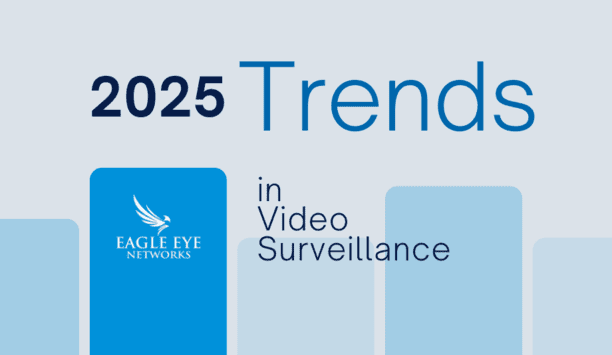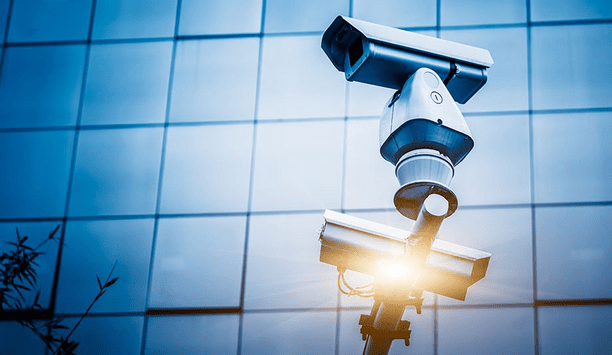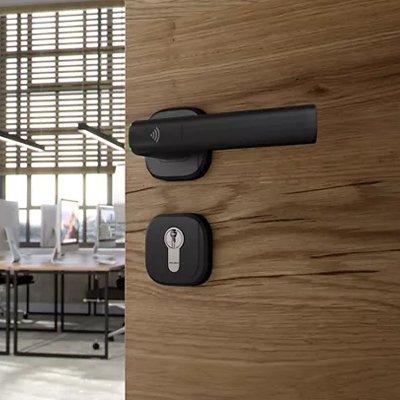How do personal electronics impact what customers expect from security?
Editor Introduction
The intersection of consumer electronics and the physical security marketplace is a fertile sector for growth and innovation. Consumers increasingly have the same high expectations for the operation of their workplace technologies as they are accustomed to in the digital world at large. We asked this week’s Expert Panel Roundtable: How do developments in personal electronics impact customer expectations in the physical security market?
Our phones are nearly permanently attached to us (for better or worse!). We bank, shop, and use our phones to make social connections. Our phone’s ability also to securely identify and provide access to secure environments means that our phones can replace physical passes. In the world of commercial real estate where we offer visitor management, we are still navigating how this works without barriers, such as having to download a specific app. With the advent of new openness to the secure wallets of phones, rapidly deployable secure access for both long-term users and short-term visitors will soon become a reality, and without a doubt, there will be a high expectation from customers to deliver on this.
The most major impact has been the smartphone and its adoption across society globally. The intuitive nature of the software and apps on these devices has driven behaviors and expectations of how users want to interact with security software and systems. Security systems users and managers now expect to have the relevant information and control at their fingertips and not have to schlep into an office to interact with a client PC. This has driven the development and release of more user-friendly software management systems, as well as the migration of services to the Cloud environment to deliver access anywhere and at any time. Although the security industry is at the cutting edge of technology, it is important to remember that our customers need these solutions to work seamlessly with their other personal electronics and business systems, to successfully deliver the required service requirements of the real world.
Personal electronics, specifically the smartphone, have changed everything. Today, there’s an “app for that.” Now homeowners can access applications to plan and manage family time, implement video surveillance, lock doors remotely, find lost keys, track who is driving the car, manage chores lists, etc. As a customer, we expect the same to be true in business. Yet as we walk across the store, hotel, school, hospital, etc., what do we see but the standard video cameras, guards, cleaners, maintenance, all doing their part to keep us safe? Beyond that, we see the paper, tickets on the fire extinguishers, checklists in the bathroom, sign-in sheets, people with clipboards, and it makes you think. As a customer, I look at how those applications have enabled me to save time and money, imagining what businesses could do if they also digitally transformed operations and compliance with safety and security requirements. It would be amazing.
Three things quickly come to my mind. They are:
- Feature upgrades or bug fixes come quickly and easily over the air. Just a couple of clicks and you have the latest advances, functions, features, and security.
- These devices communicate with each other and other control devices using standards like BLE or WiFi, making setup and operations super simple.
- Edge devices continually get less expensive, smarter, and more feature-rich. Who wants a watch anymore that just tells the time?
Smart security managers recognise these trends and choose systems and devices that can deliver intelligent services and communications at the edge. They refuse to spend another dollar of their valuable budget on the archaic paradigm of having dumb edge devices connecting to a panel that simply locks you into a single manufacturer.
Editor Summary
Smartphones are transforming day-to-day life and helping to shape human interaction in the 21st century. The monumental impact of personal electronic devices on the public at large is spilling over into customer expectations in the physical security market. Why shouldn’t my smartphone be just as useful – and have just as much functionality – at work as at home? Each of us always carries with us a pocket-sized PC. Tying that device into physical security systems is an ongoing challenge, as is a need to incorporate the ease-of-use typical of personal electronic devices into the technologies that protect our enterprises.
- Related companies
- TDSi
- Safetrust Inc.
- Zendelity
- Forge
- View all news from
- TDSi
- Safetrust Inc.
- Zendelity
- Forge
Expert commentary
A modern guide to data loss prevention
Download7 proven solutions for law enforcement key control and asset management
DownloadSecurity practices for hotels
Download2025 Trends in video surveillance
DownloadMaximising security and performance
DownloadDelta Scientific DCS8000 Bi-Fold Speed Gate
ASSA ABLOY Aperio H100 Wireless Access Control Handle
NordLayer: Comprehensive Network Security for Modern Workforce



















